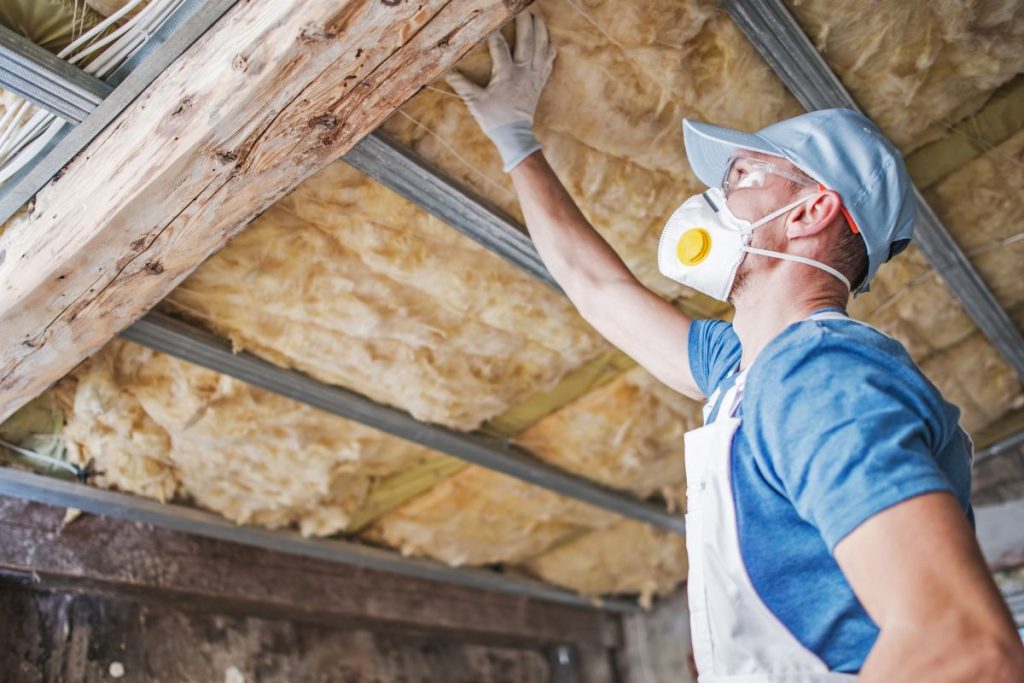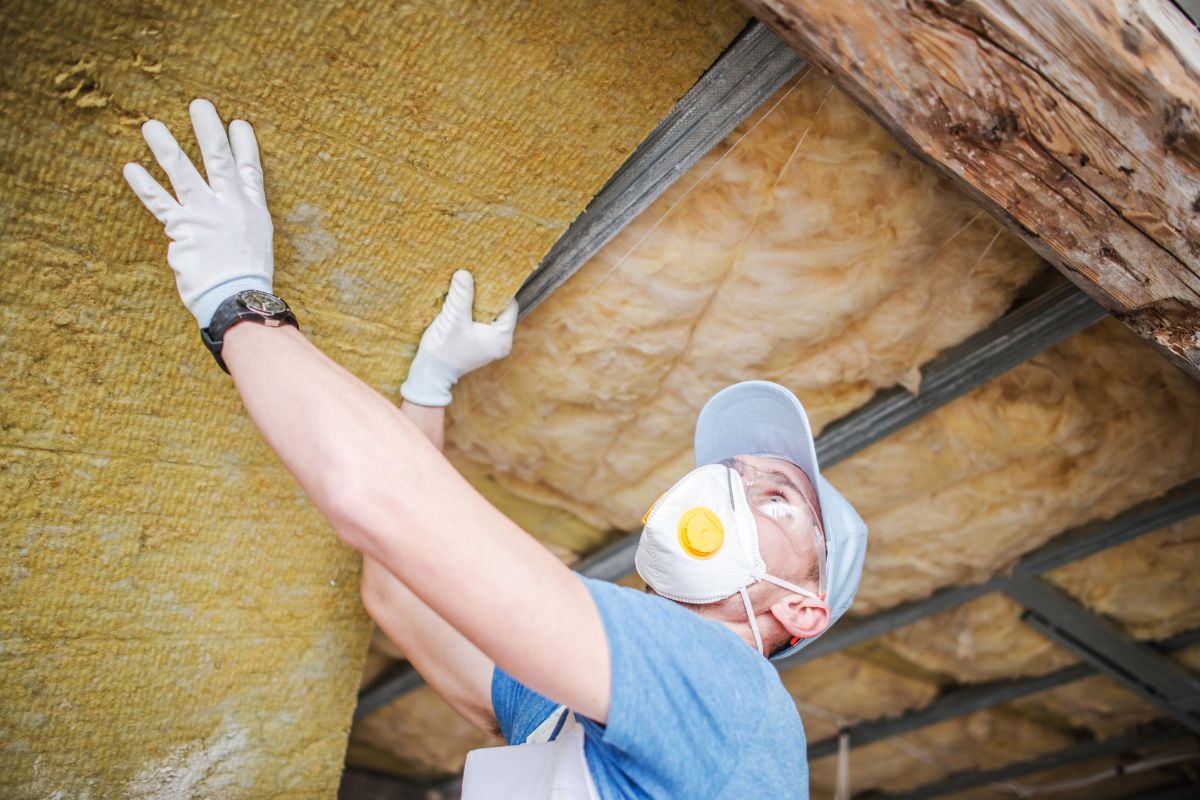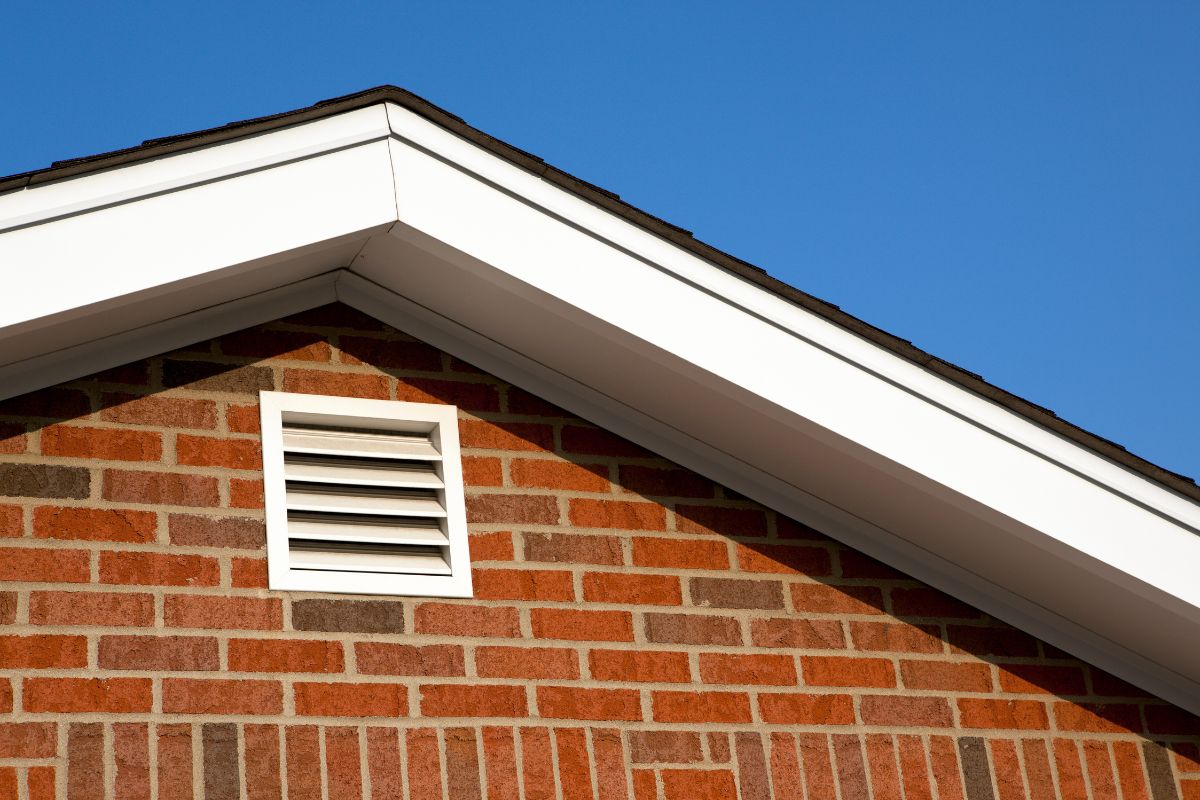The Consequences of Neglecting Roof Ventilation

Roofs are built to be sturdy, but one thing you should know is that neglecting ventilation can have severe consequences for homeowners. Many individuals overlook its significance, unaware of the range of negative outcomes it can lead to.
Curious about why proper roof ventilation matters? That’s the best attitude because understanding these risks helps you make decisions that effectively prevent potential disasters.
Keep reading as we explore in detail how neglecting this crucial aspect can impact both your roof’s health and overall living environment.

The Detrimental Effects of Insufficient Roof Ventilation
- Leaks
Keep in mind that poor ventilation leads to moisture buildup in the attic, which can penetrate roofing materials and result in persistent leaks. This can even damage your belongings.
Over time, moisture seeping into roofing materials weakens them, leading to sagging, rotting, or even catastrophic collapse if left unattended.
Addressing these leaks promptly is crucial to prevent further damage and ensure the longevity of your roof.
- Ice dams
If you want to know what happens during winter with insufficient roof ventilation, imagine this scenario: You have your heater running but instead of just warming the space, warm air escapes from an unventilated attic and melts snow on the roof surface.
This melted snow then refreezes at the edges, forming ice dams that obstruct proper water drainage. Over time, the weight and pressure from these ice dams can cause significant damage to your roof.
- Energy Wastage
Having said this, you should also remember that inadequate roof ventilation directly impacts energy efficiency within your home.
Without adequate airflow and ventilation channels, hot air becomes trapped in the attic during the summer months, making it harder for your cooling system to maintain comfortable indoor temperatures efficiently. This results in increased energy consumption and higher utility bills as you struggle to keep a cool living space.
Similarly, during winter months, a lack of proper ventilation hinders the escape of warm air generated by heating systems from attic spaces, leading to unnecessary heat loss and inflated heating costs.
- Mold growth
Interestingly, excess moisture trapped due to insufficient ventilation creates an ideal breeding ground for mold within confined spaces like attics or crawlspaces. Mold releases spores into the air which trigger respiratory issues such as allergies and asthma attacks among occupants.
So, neglected roof ventilation also compromises both structural integrity as well as poses health risks for you and your family members.
Understanding Different Types of Roof Ventilation
Each type offers unique benefits based on specific roofing structure requirements. Make sure to consider factors such as climate, architectural design, and personal preferences when choosing which option suits you best.
- Ridge vents
One good thing about ridge vents is that they act as lungs for your roof, promoting optimal airflow within attics. Installed along the peak or ridge, these vents effectively allow hot air to escape while drawing in cooler air through soffit vents or other openings.
The continuous ventilation provided by ridge vents ensures proper airflow and seamlessly integrates with the aesthetics of your home.
- Soffit vents
Keep in mind that soffit vents play a crucial role in bringing fresh air into attic spaces. Imagine them as refreshing breezes entering from beneath your roof’s overhangs. By allowing cool air to enter from below, they prevent heat buildup and encourage proper circulation throughout the entire attic area.

- Gable Vents
A great thing about gable vents is their resemblance to windows specifically designed for attics. Strategically placed on exterior walls near gable ends, these practical installations facilitate effective ventilation by allowing hot air to escape while enabling cool intake through other openings like soffits vents.
Conclusion
Neglecting roof ventilation can have serious consequences for homes, but the truth is that there’s no need to worry. Simply prioritize proper airflow by installing working roof ventilation and you’re good to go.
